Child Poverty on the Rise; State Budget Percentage for Children Dropping, Advocacy Group Says
/When the state legislature in Special Session this month restored planned budget cuts that would have adversely impacted Connecticut children and families, advocates for those segments of society praised the action. But they also took the opportunity to highlight continued disparities and shortfalls in the level of state resources allocated to programs and policies impacting children in the state.
“Alleviating the wide disparities left in the wake of the economic recovery, including record-high child poverty, requires a state budget that reflects the needs of our children and families,” pointed out Connecticut Voices for Children, an organization marking two decades of advocating for Connecticut children. 
They went on to point out that a recent update to their Children’s Budget finds “continued long-term disinvestment in programs that serve children and families,” such as K-12 education, developmental services, and health coverage - down nearly 10 percentage points from the early 1990s when the state spent nearly 40% of the General Fund on such programs.
They also noted that while child poverty has increased by more than 16.4 percent since the economic recovery began in 2010 (from a rate of 12.8 percent to 14.9 percent), the share of the state budget that is appropriated to the Children’s Budget has declined by 5.7 percent (from 32.4 percent of General Funds to 30.6 percent).
“We believe that more can and must be done in the upcoming session and in the years to come to reverse the long term decline in state investment in children and youth and to prioritize the establishment of equitable opportunity across race, ethnicity and zip code,” said Ellen Shemitz, executive director of Connecticut Voices for Children. The legislature’s 2016 session convenes in February.
Among the aspects of the budget impacted in the Special Session were a series of “short-term fixes,” according to published reports, such as transferring $5.7 million from various accounts to the state's general fund, including the school bus seat belt account, and $15.1 million from public colleges and universities. 
A November report by Connecticut Voices for Children found that "despite lower levels of unemployment, the recovery has left behind many of our state’s residents, including people of color, young workers, those paid low wages, and many with relatively low levels of education. These trends have made it more difficult for families to afford their most basic needs." The report stressed that "failure to address the needs of our children sets us up for an intergenerational cycle of poverty that will undermine preparedness for work in a state that has long boasted one of the nation’s most productive and highly educated workforces."
 This summer, Shemitz was among those appointed to serve on the state’s Commission on Economic Competitiveness, created by the legislature amidst concerns in the state’s business community about the perceived lack of competitiveness. The Commission is considering steps to improve Connecticut’s employment and business climate including measures to support workforce development and family and economic security. Recommendations are anticipated for legislative action next year.
This summer, Shemitz was among those appointed to serve on the state’s Commission on Economic Competitiveness, created by the legislature amidst concerns in the state’s business community about the perceived lack of competitiveness. The Commission is considering steps to improve Connecticut’s employment and business climate including measures to support workforce development and family and economic security. Recommendations are anticipated for legislative action next year.
Writing recently in the Hartford Business Journal, Shemitz stressed that the state needs “a healthy economy to assure gainful employment and economically secure families.” She noted that “business climate is about more than taxes. A healthy business climate requires good transportation and a highly educated workforce, both of which depend upon strategic planning and public investment.” The Commission’s organizational meeting was held in September. (CT-N coverage) It is co-chaired by State Rep. William Tong (D-Stamford) and Joe McGee, Vice President of the Business Council of Fairfield County.
Based in New Haven, the mission of Connecticut Voices for Children is to “promote the well-being of all of Connecticut's young people and their families by advocating for strategic public investments and wise public policies.”


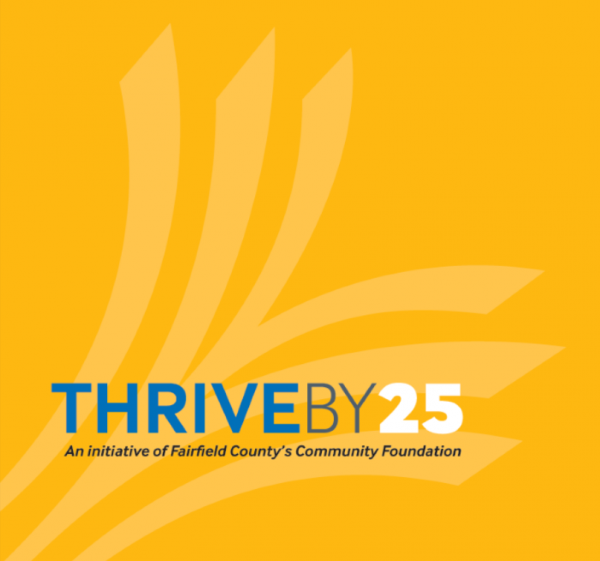
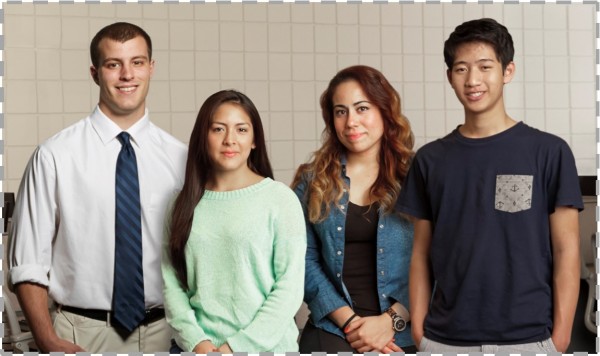
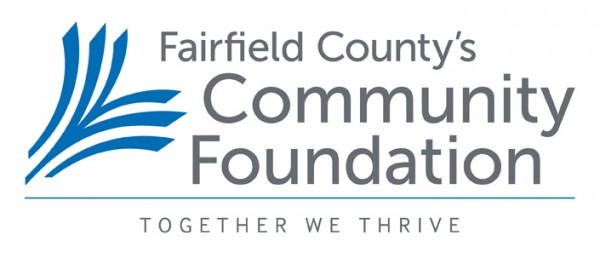
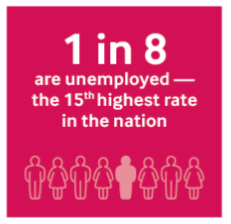 The action plan is spurred by clear concerns: “When young people are not attending school or working, they cannot attain necessary education or work experience, support themselves, save for their future, or contribute to the economy. What future do they face? What future does Fairfield County face?”
The action plan is spurred by clear concerns: “When young people are not attending school or working, they cannot attain necessary education or work experience, support themselves, save for their future, or contribute to the economy. What future do they face? What future does Fairfield County face?”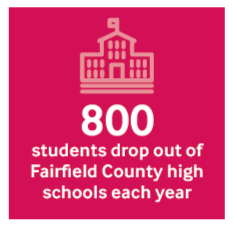



 According to the
According to the 
 In addition, the Great Recession encouraged many young adults to ride out the difficult job market by continuing their education.
In addition, the Great Recession encouraged many young adults to ride out the difficult job market by continuing their education.
 ort called for an increase of 36,000 students system-wide without adding additional faculty or space. The 17 institutions currently have a total of 92,000 students. The report recommended experimentation with price reductions for out-of-state-students, changing the name of the state system, asserting a new brand position, developing a new logo and color palette, maintaining low tuition increases, centralizing and outsourcing administrative services such as call centers and marketing, and developing goals for students success and metrics to track progress.
ort called for an increase of 36,000 students system-wide without adding additional faculty or space. The 17 institutions currently have a total of 92,000 students. The report recommended experimentation with price reductions for out-of-state-students, changing the name of the state system, asserting a new brand position, developing a new logo and color palette, maintaining low tuition increases, centralizing and outsourcing administrative services such as call centers and marketing, and developing goals for students success and metrics to track progress.
 in 1997. At that time, the college had approximately 2,700 students enrolled and immediately experienced a significant enrollment increase, according to the college. But the peak years now appear to be in the rear view mirror.
in 1997. At that time, the college had approximately 2,700 students enrolled and immediately experienced a significant enrollment increase, according to the college. But the peak years now appear to be in the rear view mirror.
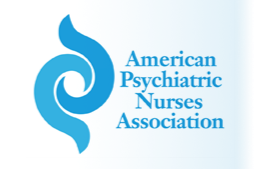 The APNA Annual Conference delivers more than 100 varied educational sessions and invaluable networking opportunities to the more than a thousand psychiatric-mental health RNs and APRNs who attend each year. The organization has more than 10,000 members nationwide.
The APNA Annual Conference delivers more than 100 varied educational sessions and invaluable networking opportunities to the more than a thousand psychiatric-mental health RNs and APRNs who attend each year. The organization has more than 10,000 members nationwide.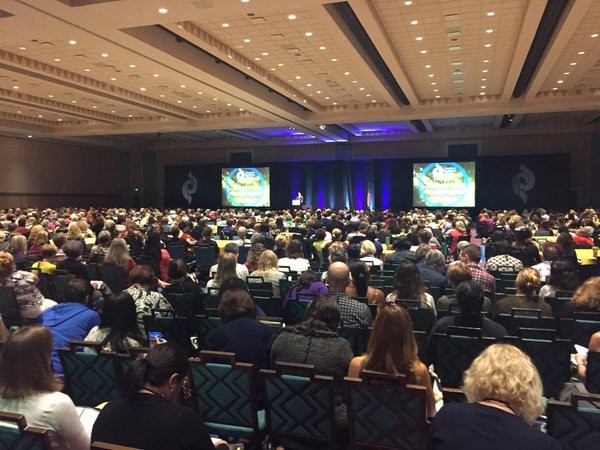
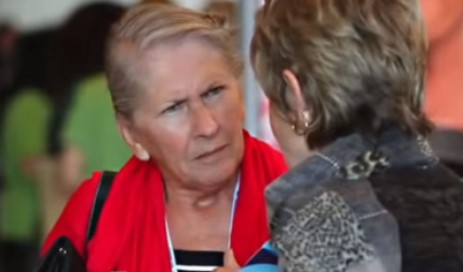 In Florida last month, more than 1,800 attendees were on hand for a program “packed with psychiatric-mental networking, updates, and continuing education targeted to psychiatric-mental health nurses.” Session recordings from the Annual Conferences are made available in the APNA eLearning Center in podcast form, along with up-to-date session slides and other relevant materials.
In Florida last month, more than 1,800 attendees were on hand for a program “packed with psychiatric-mental networking, updates, and continuing education targeted to psychiatric-mental health nurses.” Session recordings from the Annual Conferences are made available in the APNA eLearning Center in podcast form, along with up-to-date session slides and other relevant materials.
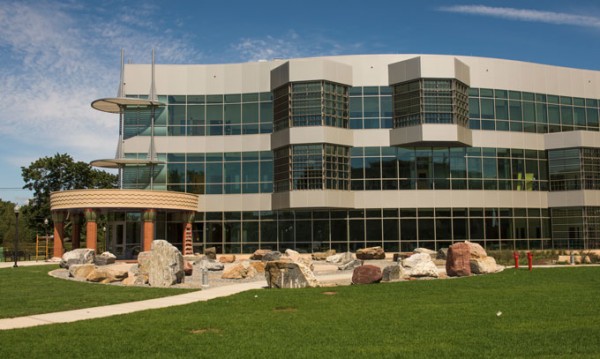
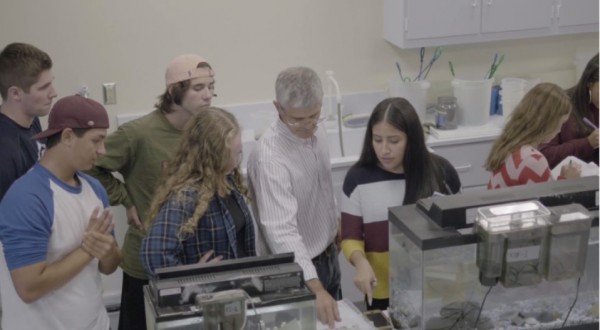
 The
The  Plans for the new Academic Science & Laboratory Building at Southern began back in 2007 with a comprehensive 10-year capital improvement plan, dubbed CSUS 2020, for upgrading the four institutions of the Connecticut State University System. Approved by the state legislature and signed into law by Gov. M. Jodi Rell, the plan was developed during the administration of Chancellor David G. Carter. It included upgrades and repairs to existing facilities, as well as construction of a new Visual & Performing Arts Center at Western Connecticut State University, which
Plans for the new Academic Science & Laboratory Building at Southern began back in 2007 with a comprehensive 10-year capital improvement plan, dubbed CSUS 2020, for upgrading the four institutions of the Connecticut State University System. Approved by the state legislature and signed into law by Gov. M. Jodi Rell, the plan was developed during the administration of Chancellor David G. Carter. It included upgrades and repairs to existing facilities, as well as construction of a new Visual & Performing Arts Center at Western Connecticut State University, which 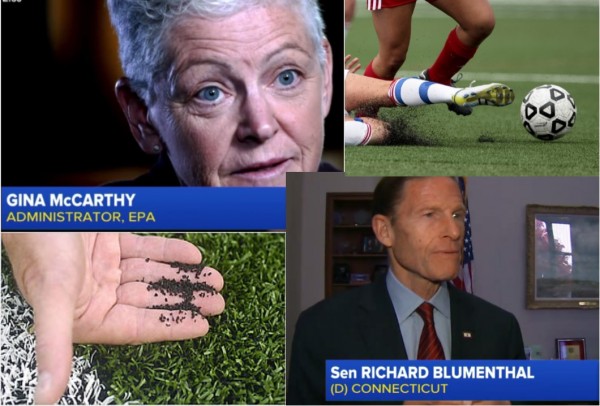
 In
In  NASA's Mars Reconnaissance Orbiter (MRO) provided the strongest evidence yet that liquid water flows intermittently on present-day Mars.
NASA's Mars Reconnaissance Orbiter (MRO) provided the strongest evidence yet that liquid water flows intermittently on present-day Mars.
 NASA is developing the capabilities needed to send humans to an asteroid by 2025 and Mars in the 2030s – goals outlined in the bipartisan NASA Authorization Act of 2010 and in the U.S. National Space Policy, also issued in 2010. While a human landing is challenging, the development of a reliable return flight is a more difficult technologically hurdle. The colonization of the Red Planet is also being considered by some, but would require means to deal with the planet’s thin atmosphere, lack of oxygen and barren
NASA is developing the capabilities needed to send humans to an asteroid by 2025 and Mars in the 2030s – goals outlined in the bipartisan NASA Authorization Act of 2010 and in the U.S. National Space Policy, also issued in 2010. While a human landing is challenging, the development of a reliable return flight is a more difficult technologically hurdle. The colonization of the Red Planet is also being considered by some, but would require means to deal with the planet’s thin atmosphere, lack of oxygen and barren  cold weather.
cold weather. As part of the preliminary preparation for such a flight, the nation’s space agency is working with a military laboratory at the submarine base in Groton to measure how teams cope with stress during month-long simulations of space flight. The Navy research that piqued NASA's interest started about five years ago when the Groton-based Naval Submarine Medical Research Laboratory, at the request of the submarine force, began examining ways to make tactical teams work together better, the Associated Press
As part of the preliminary preparation for such a flight, the nation’s space agency is working with a military laboratory at the submarine base in Groton to measure how teams cope with stress during month-long simulations of space flight. The Navy research that piqued NASA's interest started about five years ago when the Groton-based Naval Submarine Medical Research Laboratory, at the request of the submarine force, began examining ways to make tactical teams work together better, the Associated Press  Marking the launch of the new Share the Road campaign, this year's featured speaker is Colleen Kelly Alexander. Bike Walk Connecticut officials describe her remarkable story: After undergoing brain surgery in 2007 for a chiari malformation, Colleen overcame a lupus and cryoglobulinemia diagnosis in 2009, pushing forward to become a successful, competitive triathlete. In 2011, while on a routine bike ride, she was run over by a freight truck. Crushed, ripped apart and bleeding out, she flatlined twice, spent five weeks in a coma and has since endured over twenty surgeries. Defying diagnoses, dire predictions and death, Colleen stunned doctors by bucking the odds and coming back to run more than 50 races and complete 15 triathlons, including 4 half Ironman events since her trauma. Colleen and husband Sean Alexander were elected to the Bike Walk Connecticut board of directors in 2015.
Marking the launch of the new Share the Road campaign, this year's featured speaker is Colleen Kelly Alexander. Bike Walk Connecticut officials describe her remarkable story: After undergoing brain surgery in 2007 for a chiari malformation, Colleen overcame a lupus and cryoglobulinemia diagnosis in 2009, pushing forward to become a successful, competitive triathlete. In 2011, while on a routine bike ride, she was run over by a freight truck. Crushed, ripped apart and bleeding out, she flatlined twice, spent five weeks in a coma and has since endured over twenty surgeries. Defying diagnoses, dire predictions and death, Colleen stunned doctors by bucking the odds and coming back to run more than 50 races and complete 15 triathlons, including 4 half Ironman events since her trauma. Colleen and husband Sean Alexander were elected to the Bike Walk Connecticut board of directors in 2015. 
 lnerable User Law Mandates $1000 Fine. Connecticut requires a fine of up to $1000 on drivers who cause the death or serious injury of a pedestrian, cyclist or other vulnerable road user who used reasonable care.
lnerable User Law Mandates $1000 Fine. Connecticut requires a fine of up to $1000 on drivers who cause the death or serious injury of a pedestrian, cyclist or other vulnerable road user who used reasonable care. For Pedestrians:
For Pedestrians:


























